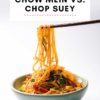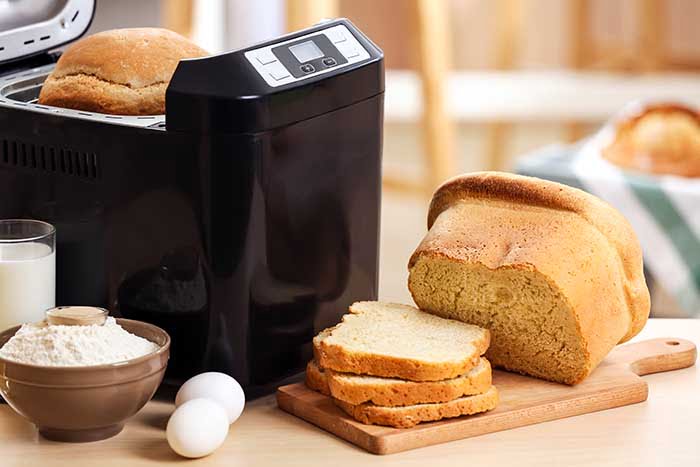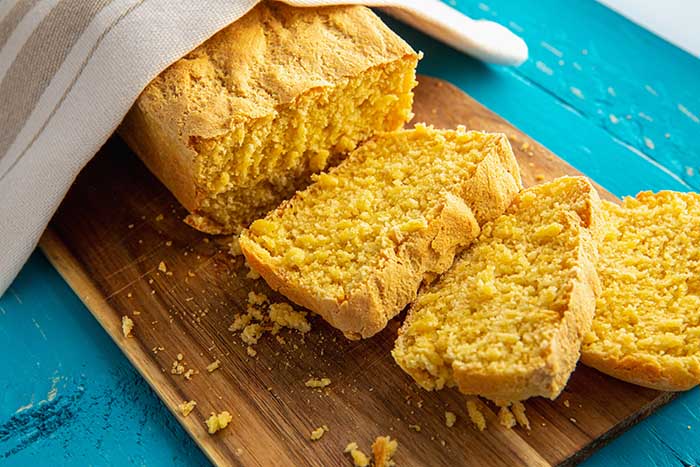Chop suey and chow mein are often confused despite different origins, ingredients, and cooking styles. So what exactly separates the two dishes? Find out everything you need to know about the differences between chow mein and chop suey.
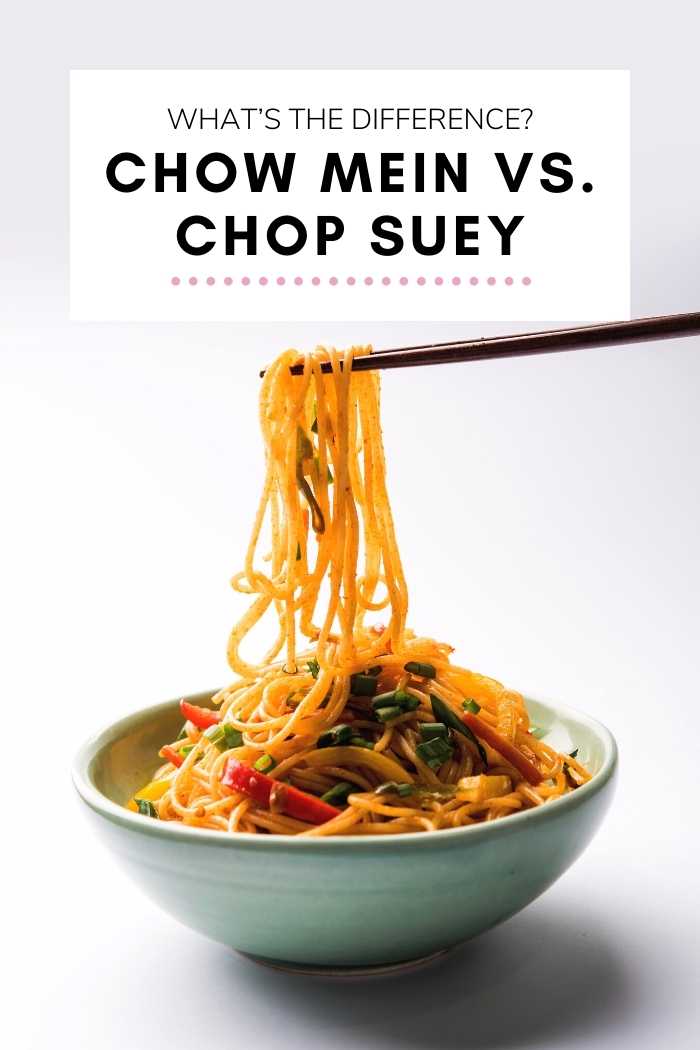
Chinese food is one of the world’s most popular cuisines, and for a good reason: It’s crazy delicious. While Chinese food varies significantly from region to region, it often bears the same two essential traits of my favorite food: Simple to make and satisfying as heck to eat.
The popularity of Chinese cuisine has given rise to a massive number of Chinese restaurants worldwide, and this has seen the influence of the country’s cooking styles go from strength to strength. Not only do we now have easily accessible Chinese restaurants in most cities, but we now have Asian fusion and even Chinese-Western fusion appearing globally.
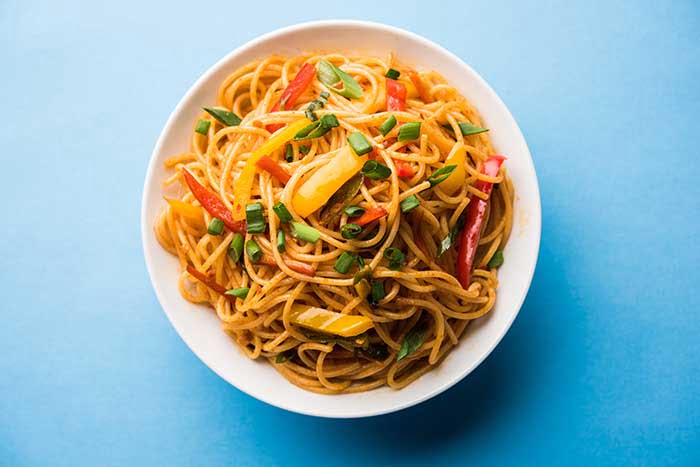
With the growing number of Chinese-influenced recipes available, the lines between certain dishes have become blurred, meaning that plenty of people struggle to define one dish from another.
And this brings us on to a hot topic: Chow Mein vs. Chop Suey. Today we’re here to dispel a few myths and spell out the main differences between the two popular dishes.
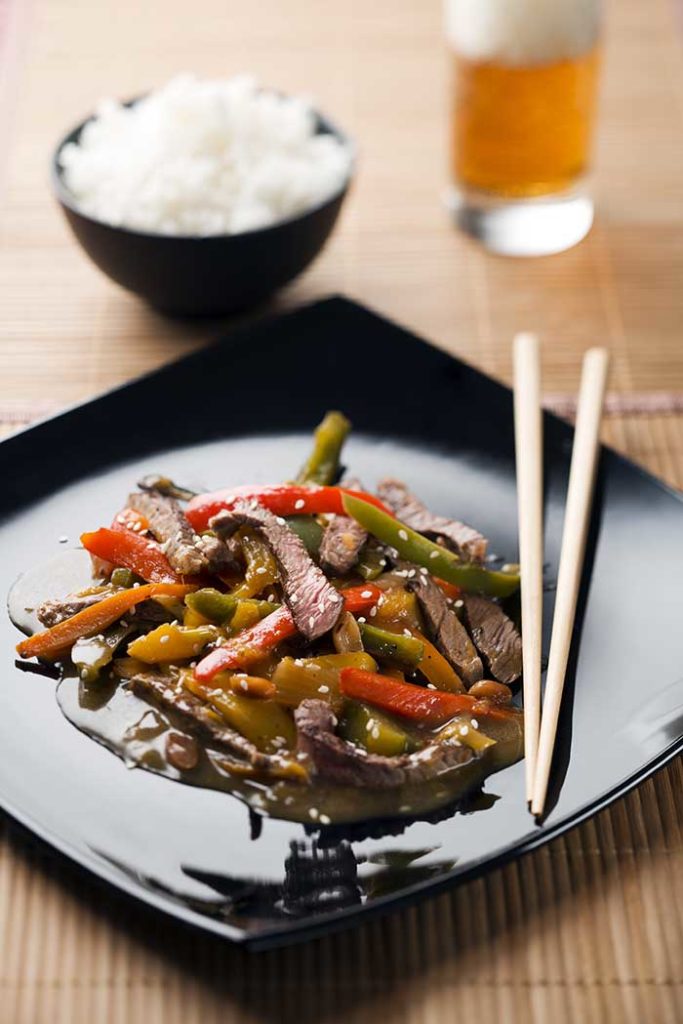
Origins
While chow mein and chop suey are often confused, the two origins of these two dishes are markedly different.
Chow Mein is unmistakably Chinese, with its origins in the North of the country. However, its simplicity saw it spread over the country quickly, with variations being adopted by cooks of different cuisines. Its popularity was helped by the egg-based noodles’ ability to hold in flavor and the fact that it can be rustled up in mere minutes.
Now onto chop suey. It’s disputed where the dish first came into being. Some say it has Cantonese origins in the South of China, while others say 19th-century Chinese migrants invented it in the U.S. wanted to create a fusion of Chinese food and Western cuisine.
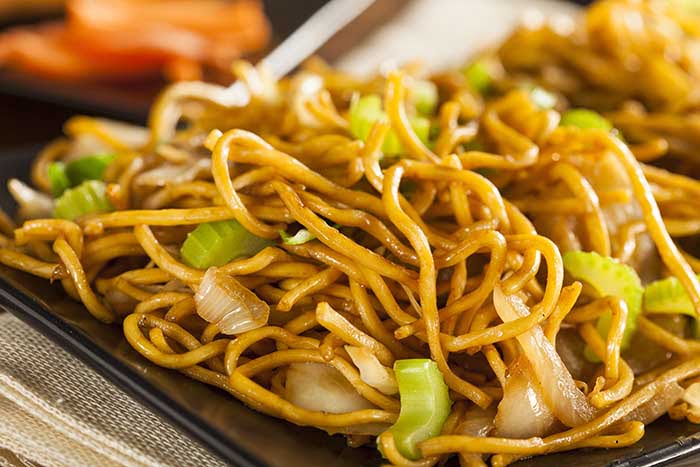
Rice vs Noodles
One of the most significant differences between chop suey and chow mein is obvious as soon as you look at them both: One is made with rice and the other noodles.
Chow mein comes from the Chinese 炒面, pronounced chao mian, literally meaning ‘fried noodles.’ The noodles used are typically made with wheat flour and egg and beautifully crafted to give a satisfying taste.
On the other hand, American chop suey is typically served on rice. Some variations of it are made with noodles, but you’ll see it paired with rice for the most part.
Ingredients
Besides chow mein always containing noodles and chop suey usually containing rice, there are other ingredient and flavor differences between the two that make them easy to tell apart.
Chow mein always contains meat (usually pork or chicken), cabbage, bok choy, a thin sauce (always soy, garlic, or oyster sauce), and egg noodles.
On the other hand, chop suey was originally based upon throwing a bunch of leftovers together, so its rules are less strict.
That’s what often makes this a confusing topic: There’s no formal definition for chop suey. Its name refers to a broad group of dishes. In essence, it’s stir-fried rice or noodle dish made with leftovers, mainly comprised of meat, vegetables, and a thick sauce.
Sauce
This one might be slightly more subtle for the uninitiated, but it’s a crucial one: The sauce.
See, chow mein tends to contain a thin sauce, usually either soy sauce or garlic. The delicate nature of the sauce helps it not overpower the flavors of chow mein, meaning you get much more out of the meat and vegetables found within the dish.
Chop suey, however, has a much thicker sauce. It tends to be either very sweet or salty and sticks to the ingredients to pack in the flavor.
All in all, the differences between the two are slight, which is where the confusion has come from. In essence, though, chop suey is liberal with its ingredients and is often sat on a bed of rice (although not always). Chow mein, on the other hand, is always fried noodles and with a lighter sauce.
